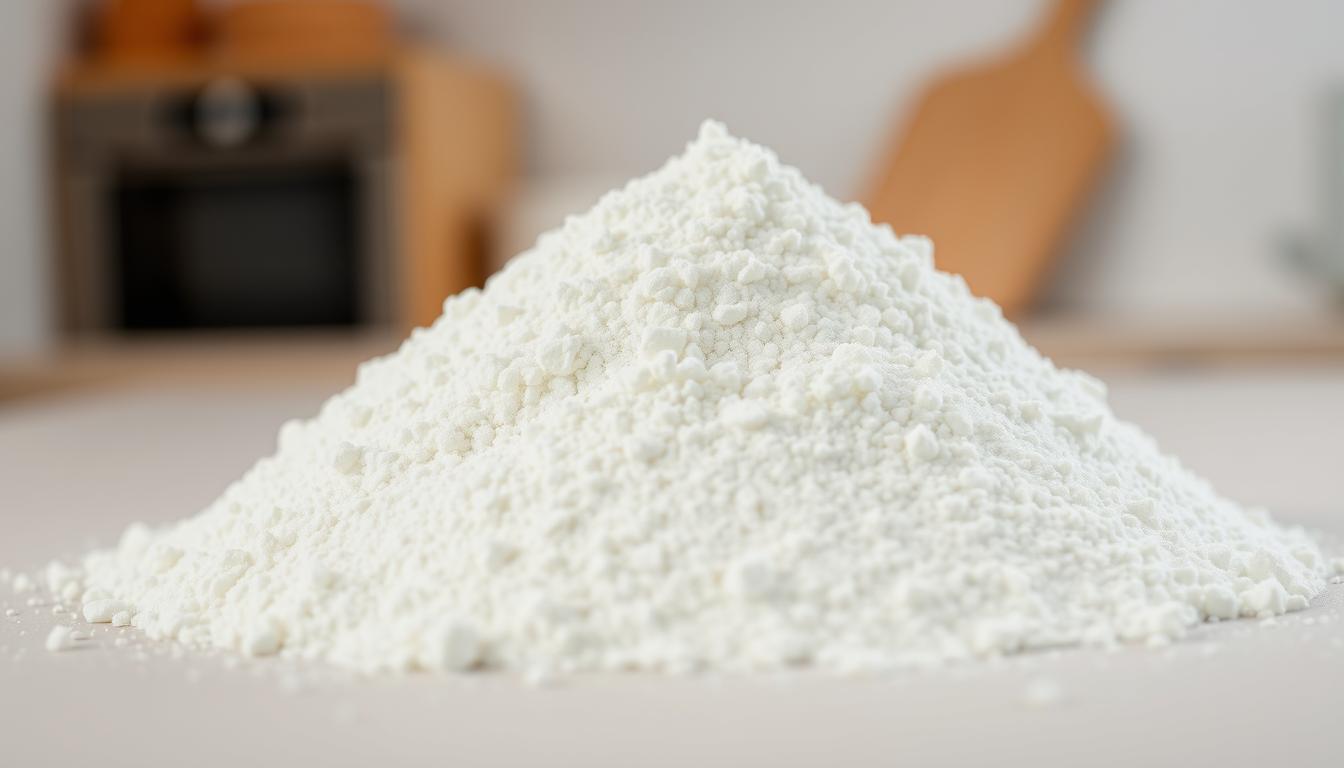Trending searches
Trending searches

Hydrocolloid: Hydroxypropylcellulose
SUBSCRIBE TO OUR BLOG
Promotions, new products, and recipes.
Hydroxypropylcellulose: The Water-Soluble Cellulose Derivative with Multifunctional Appeal
Hydroxypropylcellulose (HPC), a non-ionic derivative of cellulose, is recognized for its solubility in water and a variety of organic solvents. But what underpins the versatility of this hydrocolloid, and how is it employed across different sectors?
Historical Context
The development of cellulose derivatives, including HPC, began in the early 20th century. Their unique solubility and functional properties led to rapid adoption in various industries.
The Molecular Science of Hydroxypropylcellulose
HPC is produced by introducing hydroxypropyl groups to the cellulose backbone. This modification enhances its solubility and provides it with film-forming capabilities.
Production and Refinement
Hydroxypropylcellulose is synthesized by treating cellulose with propylene oxide under alkaline conditions. The resulting polymer is purified, yielding a white to off-white powder.
A Multifaceted Ingredient
HPC's diverse properties make it a valuable ingredient in several domains:
- Food Industry: Acts as a thickener, stabilizer, and emulsifier in foods and beverages.
- Pharmaceuticals: Used as a binder, coating agent, and controlled-release component in drug formulations.
-
Cosmetics: Provides consistency and stability in cosmetic products.
Hydroxypropylcellulose in Culinary Creations - Proportions
HPC's usage in culinary applications is guided by its functional benefits:
-
Sauces and Soups:
- Proportion: 0.1% to 0.4% of the total weight.
- Purpose: Imparts a smooth texture and stability.
-
Desserts:
- Proportion: 0.2% to 0.6% of the total weight.
- Purpose: Provides a creamy consistency.
Conclusion
Hydroxypropylcellulose, with its broad solubility profile and multifunctional attributes, is a staple in various formulations. As industries continue to innovate, HPC's role as a reliable and versatile hydrocolloid is set to expand.
For further reading: Methylcellulose
References:
- Edgar, K.J., et al. "Cellulose esters in drug delivery." Cellulose, 2004.
- Aulton, M.E., & Taylor, K.M.G. "Aulton's Pharmaceutics: The Design and Manufacture of Medicines." Elsevier Health Sciences, 2017.


|
About the Author Ed is the founder of Cape Crystal Brands, editor of the Beginner’s Guide to Hydrocolloids, and a passionate advocate for making food science accessible to all. Discover premium ingredients, expert resources, and free formulation tools at capecrystalbrands.com/tools. — Ed |
Related Posts

New Era of Ingredient Transparency? How Congress, Industry and Regulators Are Colliding Over Food Dyes and Additives

Key Things to Know About Using Sodium Alginate in Food

Why the Demand for Xanthan Gum is Soaring: What that Means for Gluten-Free Bakers
Enjoyed this post? Subscribe to The Crystal Scoop
Food-science tips, ingredient know-how, and recipes. No spam—unsubscribe anytime.
- Choosing a selection results in a full page refresh.
POLICY PAGES
QUICK LINKS
Guar Gum
Cape Crystal Brands, 18 Bank St., Suite 1, Summit NJ 07901.
- Phone: +1 908-273-5600
- Email: info@capecrystalbrands.com
- Tax ID: 26-2477626000
- FDA Facility Registration # 16980627550
- Kosher Certified: OKosher.org
Country/region
© 2025, Cape Crystal Brands | Sitemap
